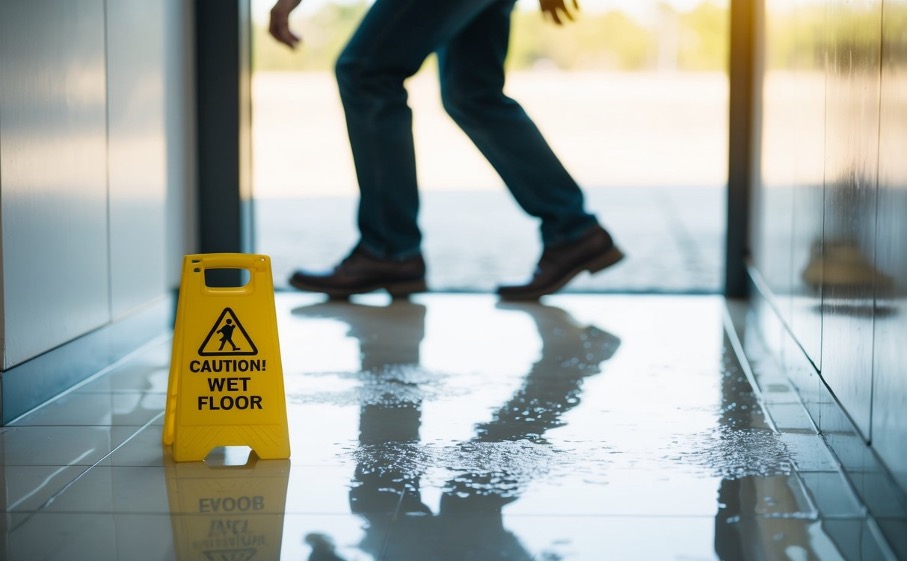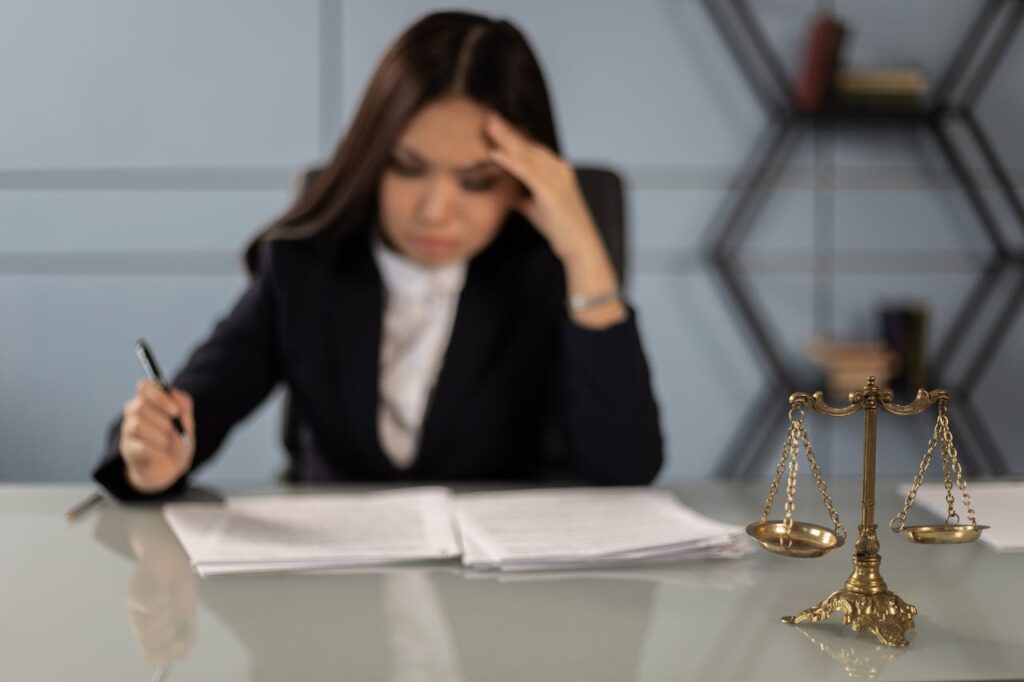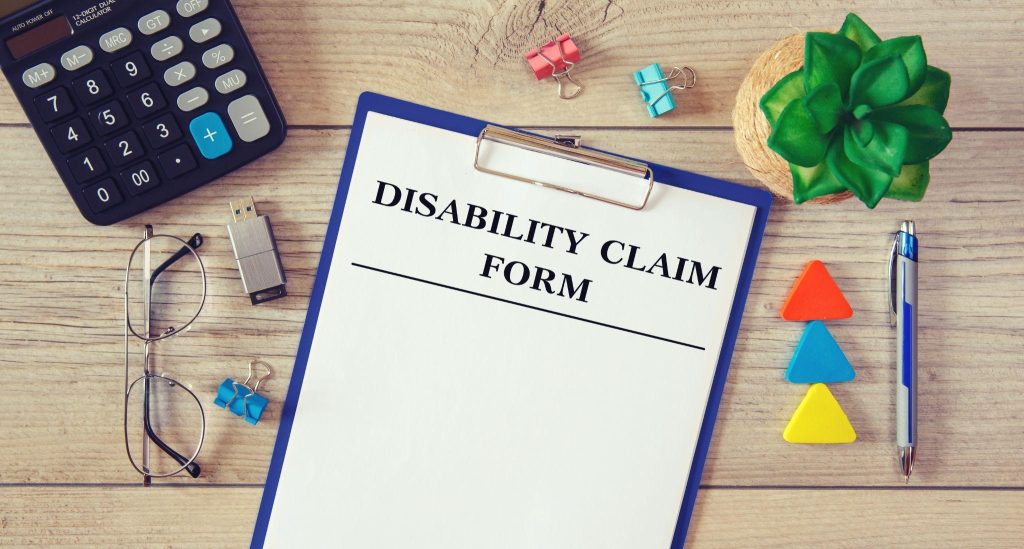Now Reading: Am I Entitled to Compensation for My Slip and Fall Injury?
-
01
Am I Entitled to Compensation for My Slip and Fall Injury?

Am I Entitled to Compensation for My Slip and Fall Injury?
Slip and fall injuries can lead to significant physical, emotional, and financial challenges. Many individuals may wonder if they are entitled to compensation for their injuries. The answer often hinges on whether the property owner was negligent in maintaining a safe environment.
Understanding the circumstances surrounding a slip and fall incident is crucial. Factors such as the condition of the property, the presence of warning signs, and the victim’s actions all play a vital role in determining liability. This information can shape a victim’s ability to seek compensation for their injuries.
Navigating the legal aspects of these cases can seem daunting. It’s essential for victims to be informed about their rights and the necessary steps to take following an injury. Recognizing potential avenues for compensation is the first step toward recovery and justice.
Understanding Slip and Fall Injuries
Slip and fall injuries frequently occur in various settings, often leading to significant medical costs and potential legal claims. Identifying common causes and knowing immediate actions to take can greatly impact outcomes for those affected.
Common Causes and Prevention
Many slip and fall incidents arise from environmental hazards. Common causes include:
- Wet or slippery floors: Spills, rain, or cleaning can create hazardous conditions.
- Uneven surfaces: Cracks or sudden changes in floor height can catch individuals off guard.
- Poor lighting: Inadequate lighting can make it difficult to see obstacles.
- Obstructed walkways: Items left in pathways can pose tripping hazards.
To prevent slip and fall accidents, property owners should conduct regular inspections. They should promptly address any hazards, maintain clear pathways, and ensure adequate lighting. Using non-slip mats in areas prone to wetness can also reduce risks.
Immediate Steps After a Slip and Fall Accident
After you slip and fall on concrete, the first step is to assess any injuries. If in pain or unable to stand, staying still and calling for assistance is vital.
Next, documenting the scene is essential. This includes taking photos of the area, noting the time, and gathering witness information.
Seeking medical attention is crucial, even for minor injuries, as some issues may not be immediately apparent. Additionally, notifying property management or law enforcement can create an official record of the incident. This information can be instrumental if pursuing a compensation claim later.
Legal Aspects of Slip and Fall Claims
Understanding the legal framework surrounding slip and fall claims is crucial for determining the potential for compensation. A few key elements contribute to establishing liability, which primarily rests on negligence. Additionally, identifying compensable damages plays a significant role in such cases.
Determining Liability
Liability in slip and fall cases typically falls on the property owner or manager. A vital factor in determining liability is the property’s condition at the time of the incident. If the owner knew or should have known about a hazardous condition, they may be held responsible.
Factors considered in liability include:
- Knowledge of Hazard: Was the owner aware of the danger prior to the accident?
- Time to Fix: Did the owner have reasonable time to address the unsafe condition?
- Visitor Status: The legal status of the injured person (invitee, licensee, or trespasser) also impacts liability.
A clear demonstration of the owner’s negligence is essential for establishing liability.
The Role of Negligence
Negligence is a fundamental element in slip and fall cases. The injured party must prove that the property owner acted carelessly, leading to their injury. This often involves showing that the owner failed to maintain a safe environment.
To establish negligence, the following must typically be demonstrated:
- Breach of Duty: The owner had a duty to ensure safety and failed in that duty.
- Causation: There must be a direct link between the owner’s actions or inactions and the injury sustained.
- Injury: The injuries suffered must be real and documented.
Proving negligence can significantly influence the outcome of a claim.
Compensable Damages in Slip and Fall Cases
Compensable damages are the financial recoveries sought in slip and fall claims. These damages cover various losses incurred due to the accident. Common types include:
- Medical Expenses: Costs for treatment and rehabilitation.
- Lost Wages: Compensation for time off work due to injuries.
- Pain and Suffering: Compensation for physical and emotional distress.
In some cases, punitive damages may be awarded if the conduct of the property owner was particularly egregious. Understanding these types of damages can help victims assess the potential worth of their claims.
The Claims Process
Navigating the claims process after a slip and fall injury involves several crucial steps. Each step ensures that the injured party adequately prepares their case for potential compensation.
Gathering Evidence and Documentation
After a slip and fall on concrete, it is essential to gather as much evidence as possible. This includes taking photographs of the accident scene, showing hazardous conditions, and capturing any visible injuries.
Witness statements can also play a vital role. Collect contact information from anyone who saw the incident. Additionally, medical records and bills are important documents to keep, as they detail the extent of injuries and treatment received.
This evidence will support the claim and demonstrate liability on the part of the property owner.
Filing the Claim and Negotiations
Once all evidence is collected, the next step is filing a claim with the responsible party’s insurance company. This usually involves submitting a formal claim letter that outlines the details of the incident, the injuries sustained, and the evidence collected.
After filing, negotiations can begin. Insurance adjusters may propose a settlement that is lower than expected. It’s important to evaluate these offers carefully, taking into consideration medical expenses, lost wages, and pain and suffering. Counteroffers may be necessary to reach a satisfactory agreement.
When to Consult a Personal Injury Attorney
Consulting a personal injury attorney can be beneficial at any stage of the claims process. They provide expertise in handling slip and fall cases and can assess the strength of the claim based on the evidence available.
An attorney can negotiate directly with insurance companies, which often leads to better settlement offers. If a fair settlement cannot be reached, they will advise on the possibilities of filing a lawsuit. Having professional legal representation helps ensure that the injured party’s rights are fully protected throughout the process.










